13 Best Edible Flowers to Grow and Use in Cooking
Edible flowers are a wonderful way to add color, flavor, and a touch of elegance to your dishes. From vibrant blossoms to fragrant petals, these flowers can enhance both sweet and savory meals with unique flavors and aromas. Whether you are looking to elevate a salad, garnish a dessert, or infuse a drink, growing your edible flowers provides an easy and enjoyable way to experiment in the kitchen. These flowers are not only beautiful but also offer surprising health benefits, making them a fantastic addition to any garden or culinary repertoire.
This post may contain affiliate links, which helps keep this content free. Please read our disclosure for more info.
Nasturtiums
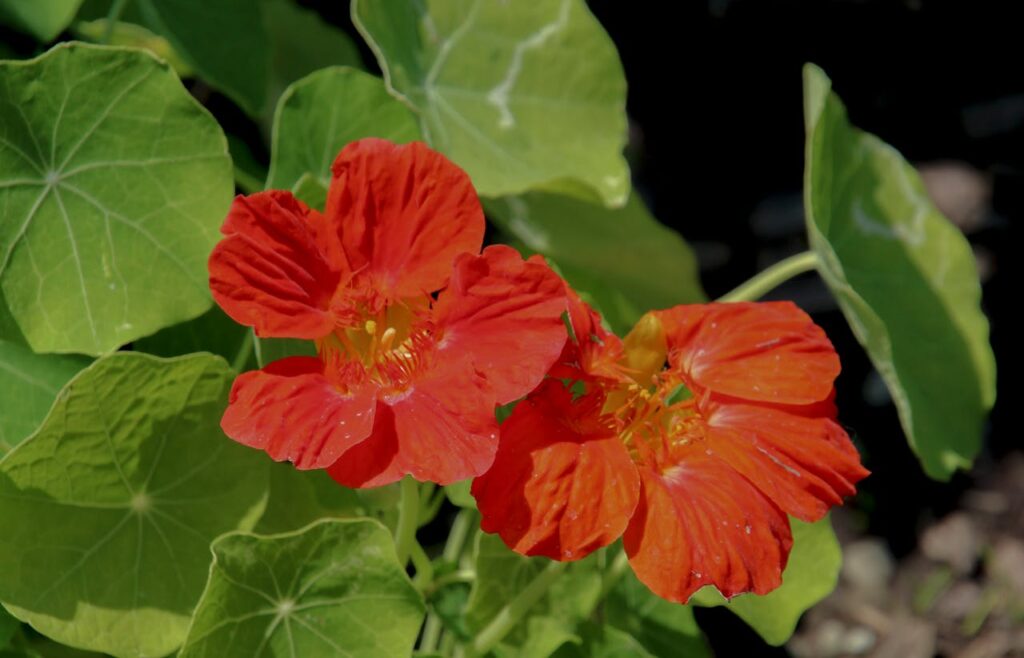
Nasturtiums are a colorful and easy-to-grow flower that brings both visual appeal and a punch of flavor to your dishes. Their vibrant shades of red, orange, and yellow make them an eye-catching addition to any garden or plate. The petals are edible and pack a peppery punch similar to arugula, which can add a bold and spicy flavor to salads, sandwiches, or garnishes.
In addition to their petals, the leaves of nasturtiums are also edible and provide a milder peppery taste. Both the leaves and flowers can be used to garnish a variety of dishes, such as pasta salads or grilled meats. These flowers are hardy and grow well in most soil conditions, requiring minimal care, making them a fantastic choice for beginner gardeners.
Pansies
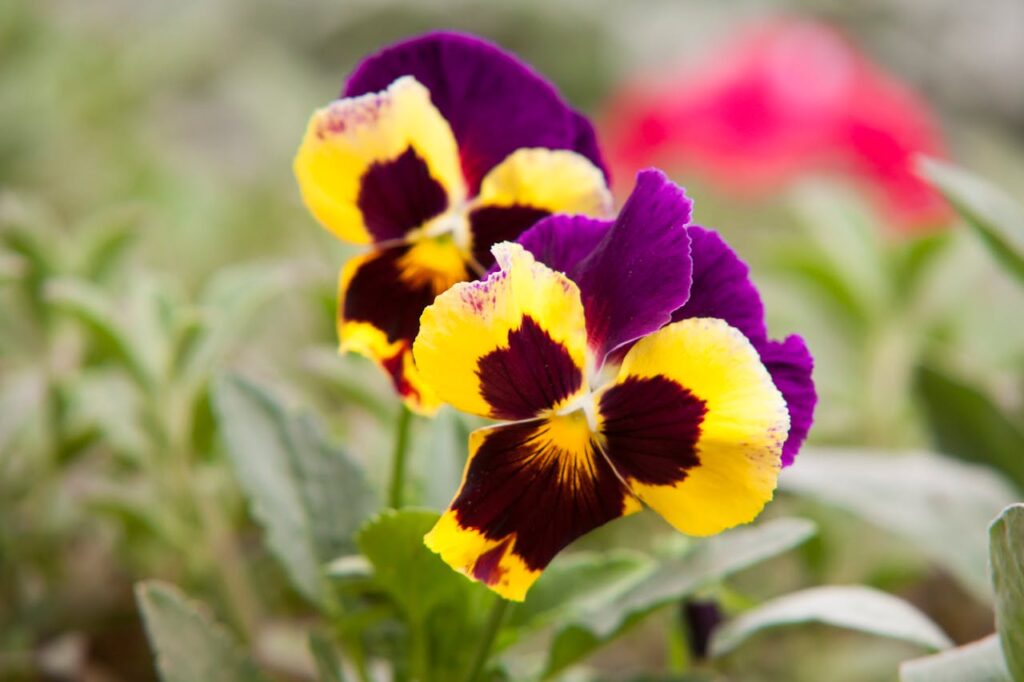
Pansies are known for their delicate beauty and diverse color palette, ranging from deep purples to bright yellows. These flowers not only add a pop of color to any dish but also a light, slightly sweet flavor that pairs well with both sweet and savory foods. Their soft petals can be scattered across salads, desserts, or used to decorate cakes and pastries, providing a charming and edible garnish.
The mild, sweet flavor of pansies makes them perfect for beverages as well. They can be used to infuse water, lemonade, or tea, adding a floral note to drinks. Pansies are easy to grow, thriving in cool weather, which makes them ideal for spring and fall planting. With minimal effort, you can enjoy their beauty and flavor all season long.
Lavender
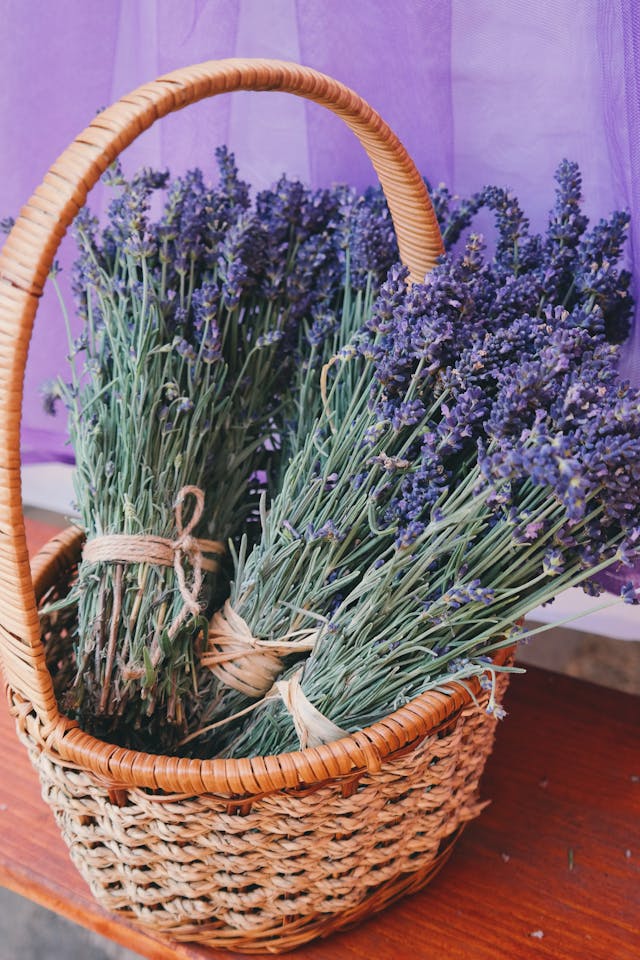
Lavender is a beloved herb known for its calming aroma, but it also brings a unique, floral flavor to both sweet and savory dishes. The flowers have a slightly sweet, herbaceous taste that works wonderfully in desserts such as cakes, ice creams, and cookies. It can also be used to flavor syrups, honeys, or even cocktails, providing a fragrant twist to your culinary creations.
Lavender is also a versatile herb for savory dishes, complementing ingredients like lamb, chicken, and even roasted vegetables. Growing lavender is simple, as it prefers well-drained soil and plenty of sunlight. Once established, lavender plants are low-maintenance and can thrive in both garden beds and pots, offering both culinary benefits and beautiful purple blooms.
Calendula
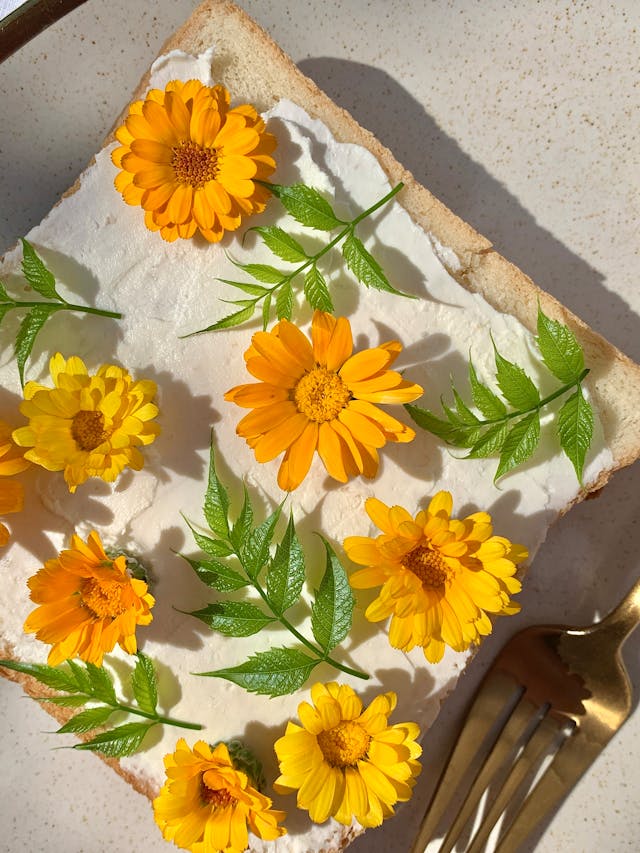
Calendula, often referred to as “pot marigold,” is not only visually striking with its bright yellow and orange petals but also offers a unique, peppery flavor. These flowers have a slightly spicy, tangy taste that can add complexity to salads, soups, and stews. Calendula petals are often used to add color to dishes and can be used as a substitute for saffron in certain recipes, imparting a golden hue to food.
In addition to their culinary uses, calendulas are known for their medicinal properties, often used in teas or oils for their anti-inflammatory and healing benefits. They are easy to grow in a variety of soil types and thrive in full sunlight. Adding calendula to your garden can provide both aesthetic beauty and practical uses in the kitchen.
Chamomile
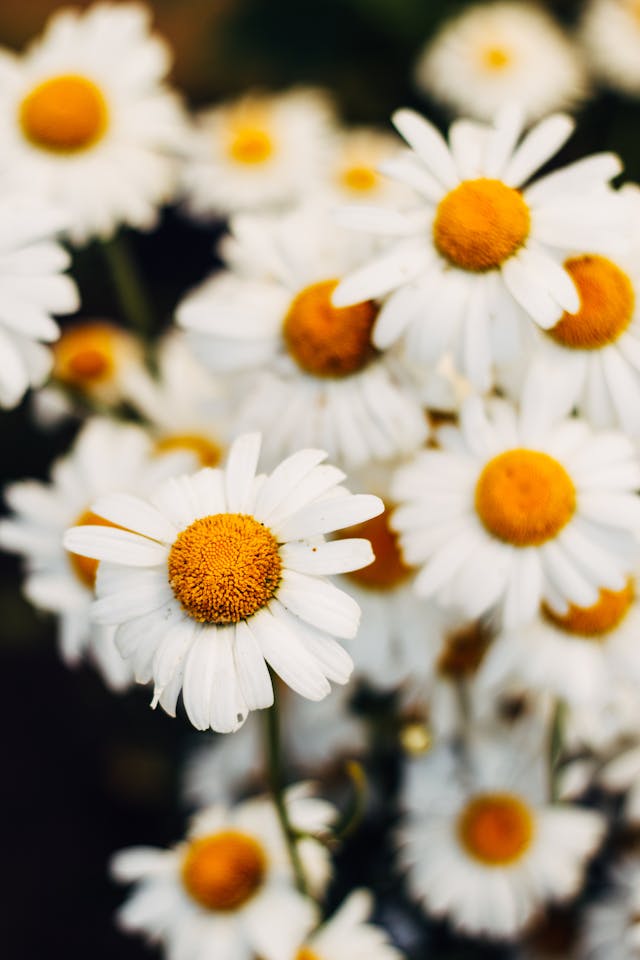
Chamomile flowers are known for their calming properties and are a popular choice for making herbal teas. The small, white, and yellow flowers have a mild, apple-like flavor that pairs well with sweet dishes, including pies, cakes, and custards. Chamomile can also be infused into syrups or drinks, adding a light, floral essence to beverages.
In addition to its use in sweet dishes, chamomile can be used in savory dishes to bring a subtle, delicate flavor. It pairs nicely with chicken, fish, and vegetables, especially in broths or soups. Chamomile is easy to grow in well-drained soil and full sun, making it a rewarding addition to any herb garden.
Borage
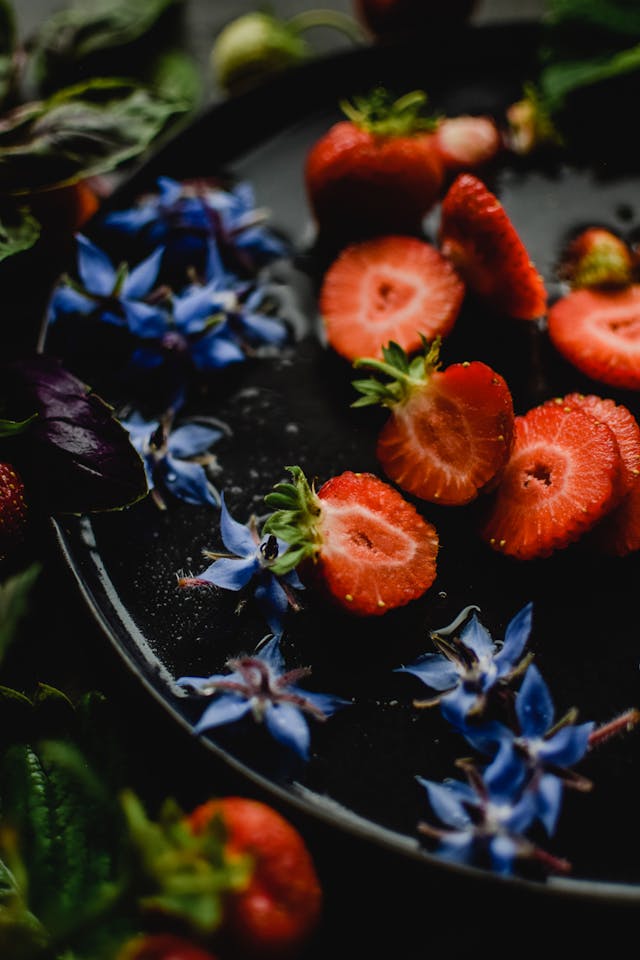
Borage flowers are an eye-catching, blue, star-shaped bloom that brings a fresh, cucumber-like flavor to dishes. The flowers have a mild, refreshing taste, which makes them perfect for summer salads, iced teas, and even cocktails like the popular gin and tonic. Borage petals are also often used as a garnish for desserts or added to frozen treats like ice cubes and popsicles.
Not only do borage flowers provide a distinct flavor, but they are also rich in nutrients. The plant itself is known for its medicinal properties, often used to reduce inflammation and improve skin health. Borage is easy to grow in a sunny spot with well-drained soil and can even thrive in containers, providing both culinary and health benefits.
Squash Blossoms
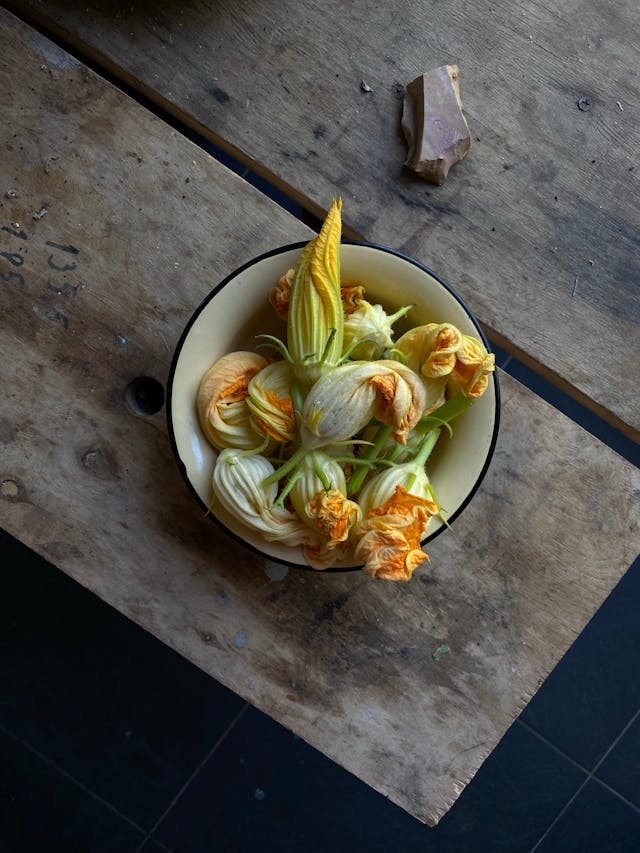
Squash blossoms, particularly from zucchini and pumpkins, are delicate and delicious flowers that bring a mild, slightly sweet flavor to the table. The blossoms are typically used in savory dishes, such as stuffed squash blossoms, where they are filled with cheese or other fillings and lightly fried. The soft texture of the flowers, combined with their subtle taste, makes them an elegant addition to various recipes.
Squash blossoms can also be used in soups, pastas, or salads, adding both texture and color. Growing squash plants is relatively easy, as they thrive in warm weather and require plenty of sun. Harvesting the blossoms early in the day ensures that they are fresh and ready for use in your culinary creations.
Violas
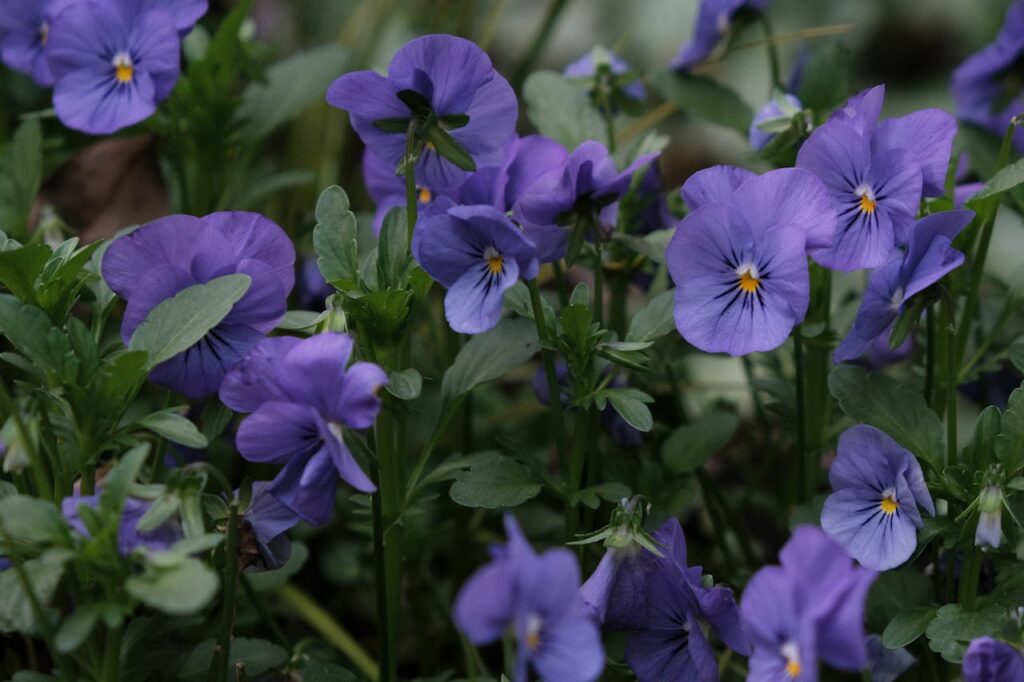
Violas, with their wide range of colors from purple to yellow, are edible flowers that bring a mild, sweet flavor to dishes. The small flowers have a delicate taste, perfect for garnishing salads, cakes, and pastries. Their bright colors and edible nature make them a great option for decorating desserts, cocktails, and even savory dishes like quiches and savory tarts.
In addition to their aesthetic appeal, violas are rich in vitamins and antioxidants, making them a nutritious choice. They are easy to grow in cool weather and thrive in well-drained soil, making them an ideal choice for gardeners looking to add both beauty and flavor to their meals.
Hibiscus
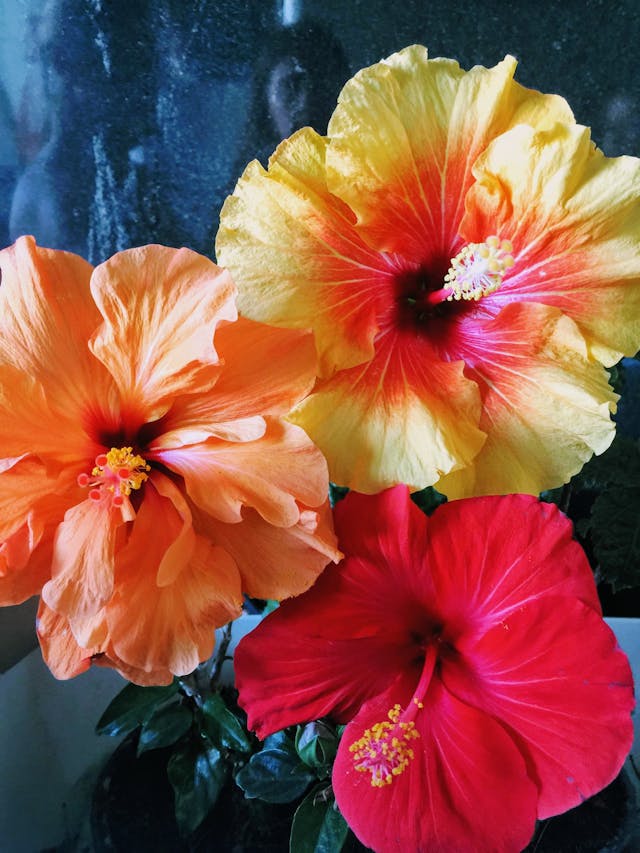
Hibiscus flowers are large, showy blooms known for their bright red, pink, and orange hues. The flowers have a tart, cranberry-like flavor, which makes them perfect for infusing into beverages like tea, syrups, or cocktails. Hibiscus tea is especially popular for its refreshing, tangy taste and is often served iced, making it a perfect summer drink.
The tartness of hibiscus also works well in sweet dishes, such as sorbets, jellies, or fruit salads, where it can balance out the sweetness of other ingredients. Growing hibiscus requires a warm climate with plenty of sunlight, and it is often found in tropical and subtropical regions. Once established, hibiscus plants produce striking flowers that can be harvested for both their flavor and beauty.
Rose Petals
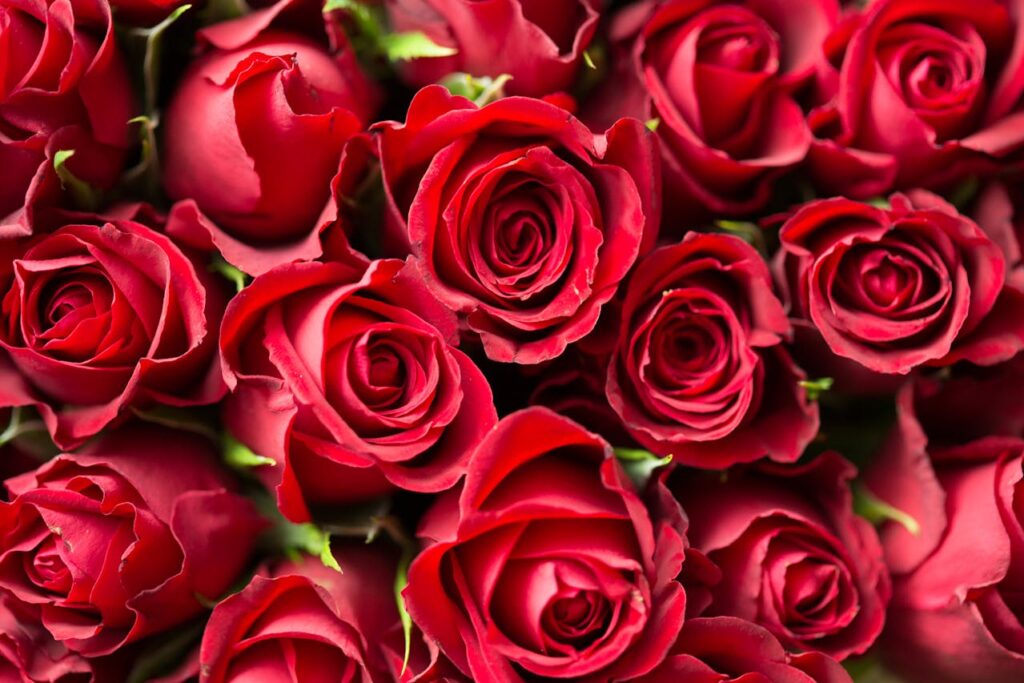
Rose petals are not only beautiful but can also add a fragrant, floral flavor to your dishes. The petals of certain rose varieties are edible and bring a subtle sweetness to both sweet and savory dishes. Rose petals are often used to make rosewater, a common ingredient in Middle Eastern and Indian cuisine, which is used in desserts like Turkish delight or Persian ice cream.
You can also use fresh rose petals to garnish salads, cakes, and beverages, adding a touch of elegance to your dishes. Roses thrive in sunny, well-drained soil, and with the right care, they can provide an ongoing supply of fresh petals for cooking. Choose varieties known for their fragrance to ensure the petals offer the best flavor.
Dandelions
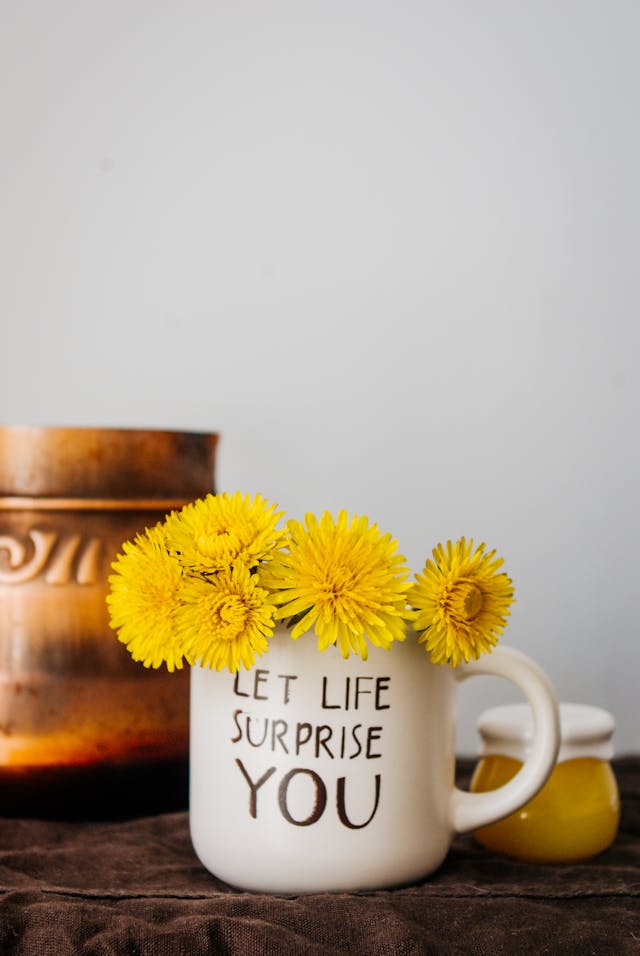
Dandelions are often seen as weeds, but their bright yellow flowers are not only edible but also offer a mild, honey-like flavor. The flowers can be used to make dandelion wine, jelly, or syrup, but they can also be incorporated into salads, soups, and stir-fries. Dandelion petals are rich in vitamins and minerals, making them a nutritious addition to your culinary repertoire.
The leaves and roots of the dandelion plant are also edible and offer different flavors, ranging from slightly bitter to sweet. Dandelions are incredibly easy to grow and can be found in many home gardens, making them an accessible and free resource for those looking to try edible flowers.
Jasmine
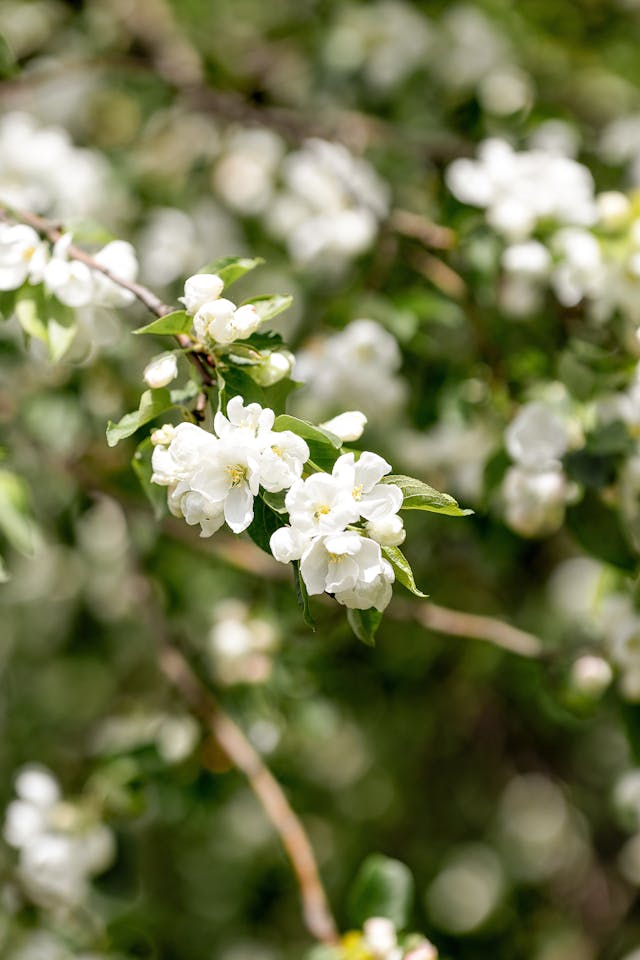
Jasmine flowers are famous for their sweet fragrance, but they also offer a subtle floral flavor that can elevate your dishes. Jasmine is often used to infuse syrups, teas, and rice, adding a delicate floral note to your recipes. The flowers work beautifully in desserts such as panna cotta, cookies, or cakes, where their aroma and flavor can truly shine.
Jasmine grows best in warm climates and requires well-drained soil and plenty of sunlight. As a fragrant and versatile flower, it can be used in both cooking and for making homemade beauty products such as oils or lotions, making it a valuable plant to grow in your garden.
Chive Blossoms
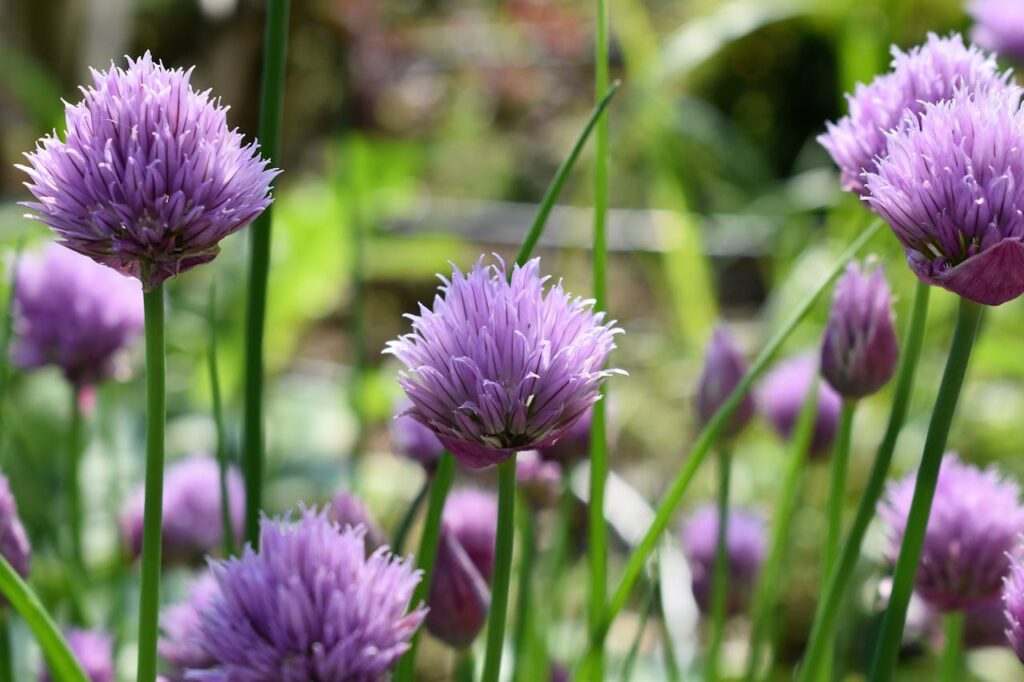
Chive blossoms are small, purple flowers that offer a mild, onion-like flavor. These flowers are perfect for garnishing savory dishes such as salads, soups, or roasted vegetables, adding a light, fresh flavor. Chive blossoms can also be mixed into butters, cheeses, or even used to infuse oils for an extra burst of flavor.
Chives are easy to grow in containers or garden beds, thriving in full sun and well-drained soil. The blossoms bloom in late spring to early summer and can be harvested for use in cooking, making them an excellent option for gardeners who want a quick and reliable edible flower.
This article originally appeared on Avocadu.
